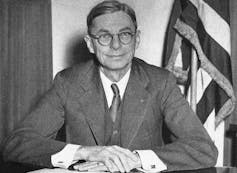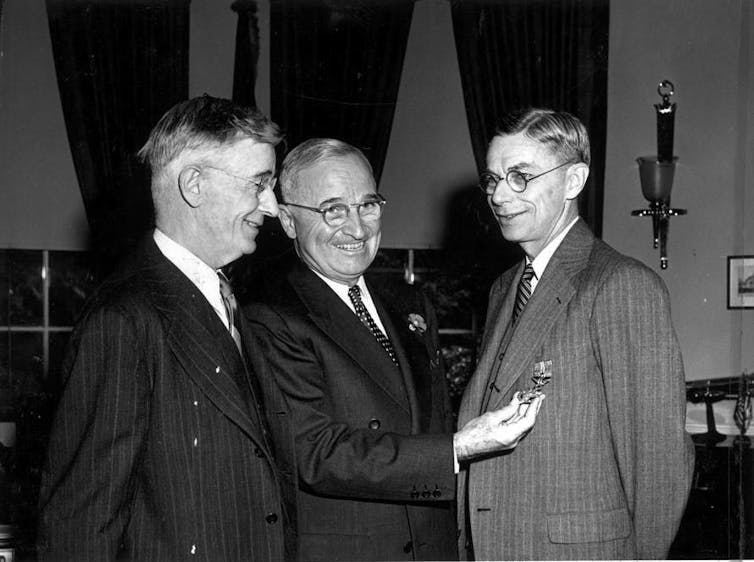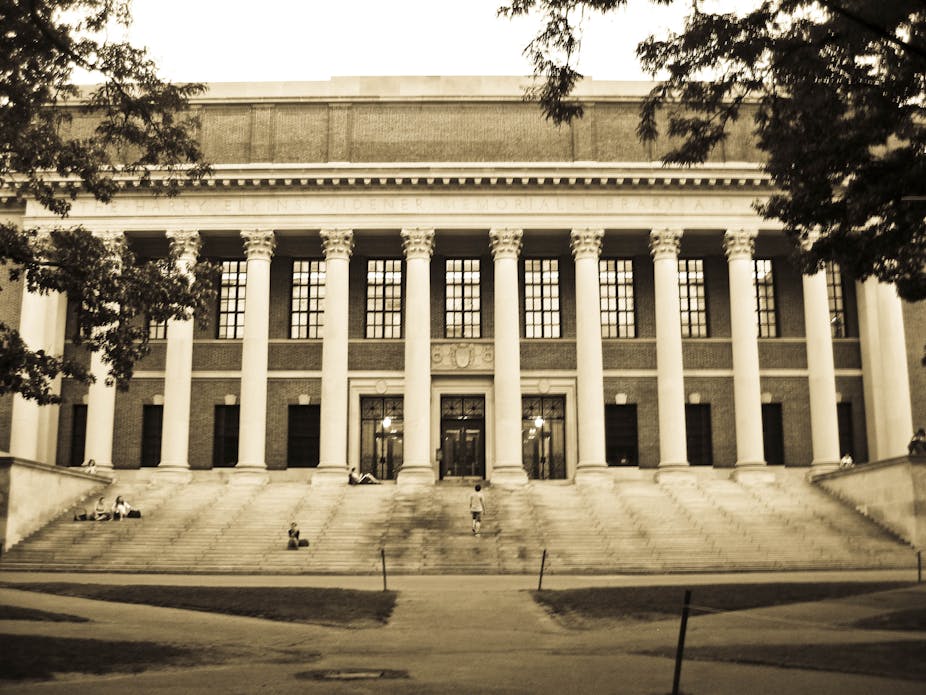Parasites, pedants and superfluous men and women. Those are some of the accusations that have been levelled against historians and humanities scholars, according to Anthony Grafton, former president of the American Historical Association. He argues in favour of a general education, rooted in the humanities, that can make students independent and analytic thinkers. This is something that, he says:
Matters more than ever in the current media world, in which lies about the past, like lies about the present, move faster than ever before.
Academics around the world widely share these views. Some European educators, such as the founder of the New College of the Humanities in London, A C Grayling, claim a broader agenda of learning through the reference to the value of the humanities in “rendering people fit to deal with unpredictable … challenges”.
Yet while the liberal arts tradition of “general education” remains embedded into American higher education, in Europe, it has been left aside.
The Harvard model
The US inherited the “liberal education” pattern from Britain, originally designed for the education of privileged youngsters. It was based on a complete and well-organised introduction to human knowledge in art, literature, science, and social life, through an overview of classical studies and the knowledge of western intellectual tradition.
In the 20th century, facing an increase in student numbers in secondary and tertiary education as populations expanded, several US reformers argued that the extension of access to a common body of information and ideas was more important than splitting curricula up into different vocations. It would be better for the democratisation of tertiary education rolled out to the masses, they argued.
Their most influential document was the report General Education in a Free Society, prepared between 1943-45 by a group of Harvard faculty members and inspired by their president James Bryant Conant, an advocate for equal opportunity and meritocracy in intellectual careers.

The committee’s objective was a reform of Harvard’s curricula, but its conclusions involved the American education system as a whole and have had a lasting impact. In the struggle of American civilisation against the totalitarian threat of World War II, they said that a general introduction to western cultural heritage would help foster the necessary qualities for free and responsible citizenship.
They argued that reflection and dialogue on great ideas of the past were the bases for critical thinking and for the identification with common values. A “well-rounded” general preparation was important to acquire the flexibility of mind, self-knowledge, and understanding of the world needed to choose a profession. And college programmes based on common subjects rather than on elective choices would facilitate the academic integration of gifted students, regardless of their background.
The committee’s proposals centred on the connection between comprehensive high schools, designed for universal attendance, and post-secondary curricula. They wanted to integrate vocational programmes within a set of courses devoted to a dynamic presentation of the realisations of human knowledge.
The ‘Sputnik shock’

The idea that general education was a tool for a truly democratic school system influenced post-war federal policy. A report called Higher Education in American Democracy, prepared in 1947 by a commission appointed by President Harry Truman, suggested all levels of education were aimed at “a fuller realisation of democracy”, “international understanding” and “the application of … trained intelligence to the solution of … problems”.
This was to be achieved through the administration of a broad and well-organised set of non-vocational subjects. After the 1957 “Sputnik shock” – major curricula reform sparked by the Russians being first to launch a satellite – funding programmes for the improvement of the US education system followed some of these guidelines.
Reformers across the Atlantic
In the same period, American public diplomats tried to influence education reforms in Western Europe, in view of the integration of North-Atlantic school systems and their cooperation in cold-war competition. Not by chance, in the 1950s Conant and his collaborators visited West Germany, Italy, Britain, and Switzerland as policy advisers.
They argued that European reformers needed to delay the choice between academic and vocational training – made when pupils were about 11. They also thought Europe’s education systems should reduce the strong distinction among traditionally academic and purely vocational secondary school curricula, still characterised by the presence of privileged subjects for admission to university and by the reference to the study of Latin and literature as an element of selection rather than inclusion.
Their advice to Europe was also to lessen the specialisation of university faculties, which were still designed for the advanced preparation of an elite group of professional intellectuals. Instead, higher education should be transformed into a moment to complete the cultural and personal development for a growing number of students.
Despite the extension of compulsory schooling, European education maintained a higher fragmentation of curricula. Reformers could not obtain the integration of all school cycles within a well-defined project of learning proposed by the US example. In fact, an agreement on further changes among political leaders proved to be hard to achieve. Reformers also faced the opposition of several conservative education professionals.
Today, two continents divided
These deep-rooted differences are still clear today. Even vocal critics of American universities say “liberal arts” programs “are still the best that higher education offers” and represent a wise investment, compared with “majors in fields like furniture design”.
As for Europe, some scholars now believe that the Bologna Process – an ongoing project to make higher education comparable across Europe – is inspired by a misconceived “American model”. They argue that it has been built around concepts of “employability” and the “student-as-customer”, and promotes further specialisation of training.
To counteract this, the education historian, Jesper Eckhardt Larsen, has argued that the American liberal arts tradition “facilitates a breadth of cultivation … [which] is relevant for life rather than just for work”. It may be a good starting point to re-orient European higher education policies.
This article is part of our series, Universities at the crossroads.

